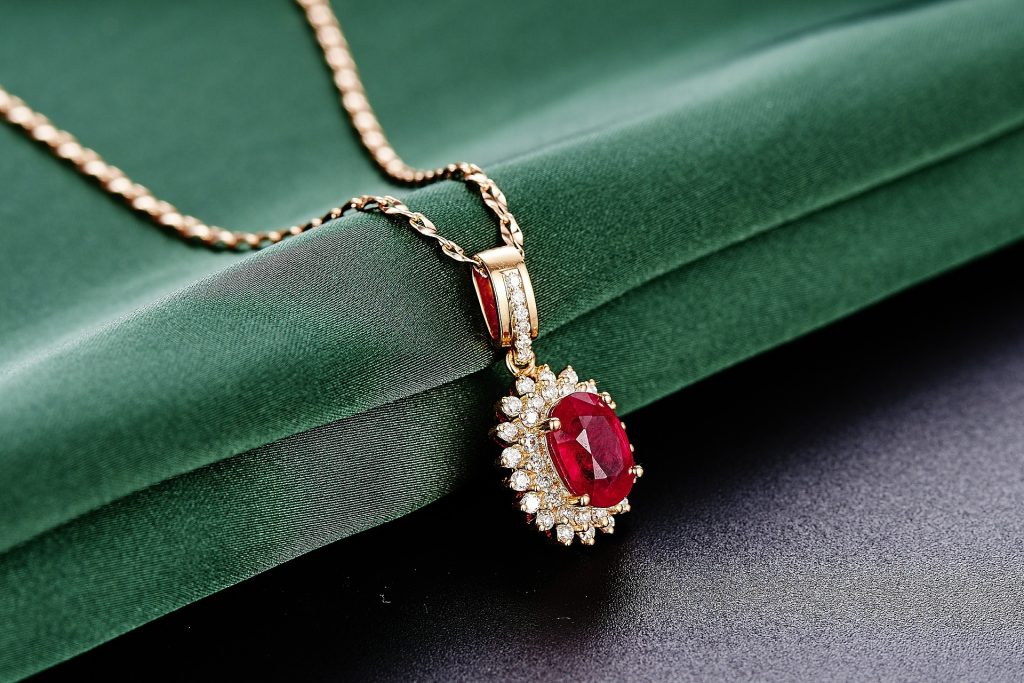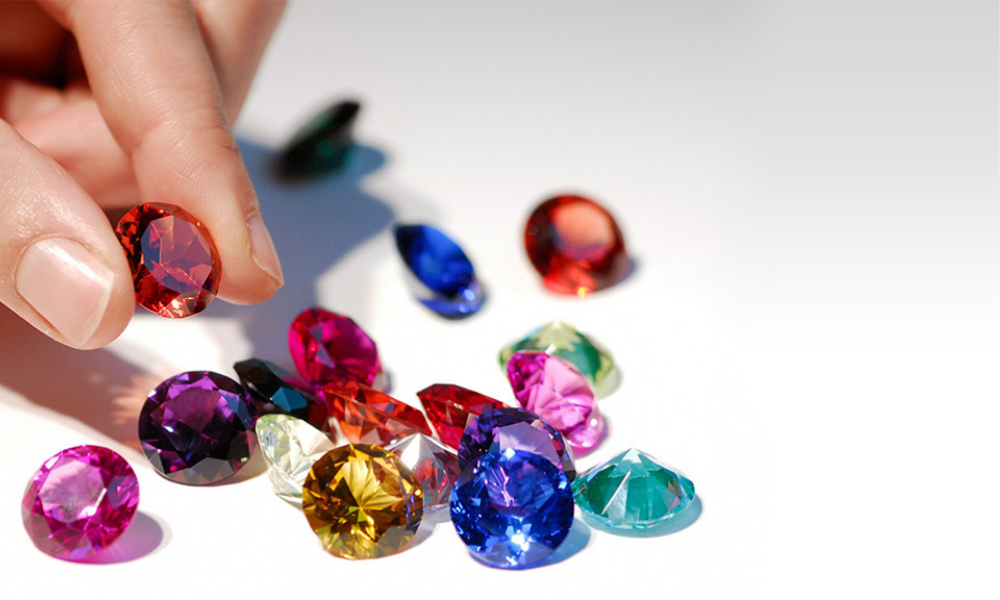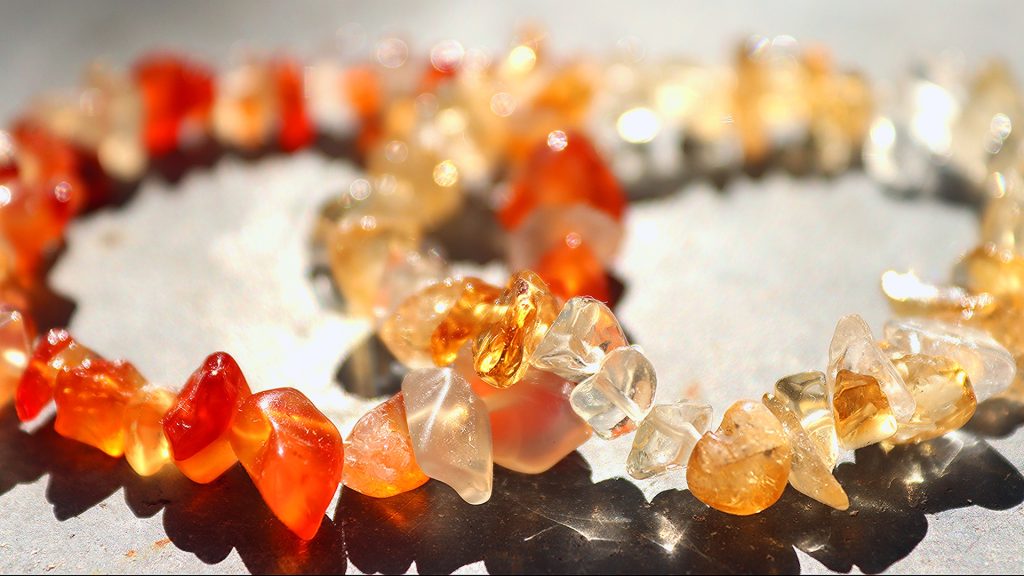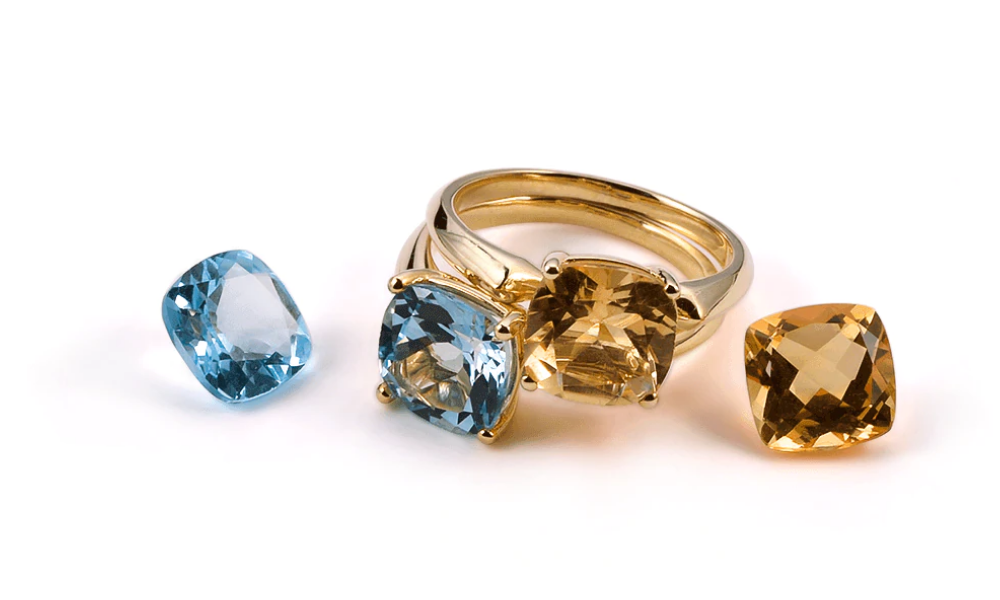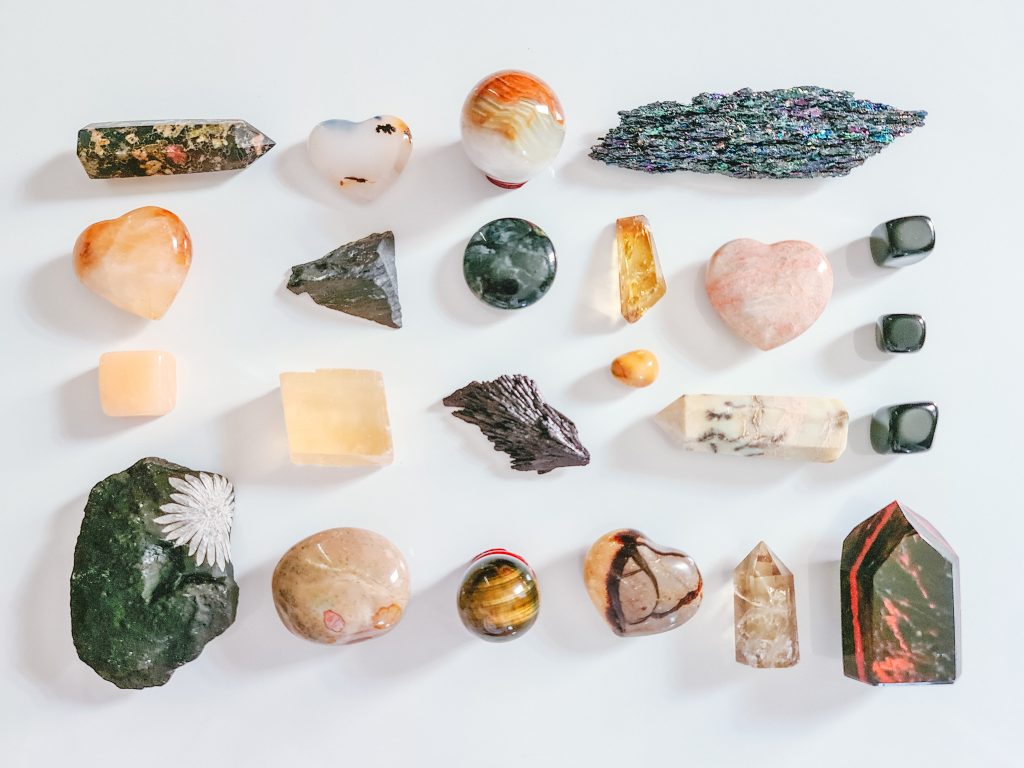Gemstones are formed from mineral composition and their chemical composition. Rocks are inorganic solids, formed when two or more minerals aggregate and form a hard solid. On the other hand, organic or non-mineral gemstones are formed from plant life or living organisms. This means that the origin of a gemstone is not clear. However, most gemstones contain some form of metal. These metals are known to be rare in nature.
Gemstones are minerals, rocks, or organic matters that have been chosen for their beauty, durability, and rarity and then cut or faceted, and polished to make jewelry or other human adornments. Even though most gemstones are hard, some are too soft or fragile to be used in jewelry, so they are often exhibited in museums and sought by collectors.

Natural Gemstone
Natural gemstones are formed deep within the Earth. They are mined from the Earth to be cut into jewelry. Some gems have been enhanced, which means they are more durable or have more vivid colors. Impurities that are common to natural stones are deliberately removed when a synthetic stone is created. This results in a more uniform and attractive gemstone. Nevertheless, the price of gemstones is higher in synthetic versions. However, this does not mean that imitation gemstones are fake.
The Optical Properties
The optical properties of a gemstone are determined by its refractive index, dispersion, refraction, and absorption spectrum. They also differ in their hardness and specific gravity. Some gems exhibit pleochroism or double refraction. Others have a distinctive absorption spectrum. Inclusions can be any material or part of a gem. They can be crystalline or amorphous. If you have a question about a particular gemstone, the best place to start is by visiting the Natural History Museum in London.
Tourmaline Crystals
Tourmaline crystals are typically ten to twenty centimeters in size. The color of these crystals depends on the elements in their chemical composition. For example, turquoise gets its color from water-carrying copper. To produce malachite, copper-rich water must pass through limestone. Similarly, azurite crystals require phosphorous. It is important to know that the exact chemical composition of a gemstone is unknown and that it may contain trace amounts of other elements.
The Vast Majority
The vast majority of gemstones are formed underground. In fact, many precious gemstones are formed when mineral compositions react with water in the earth’s mantle. When the solution cools down and vaporizes, the minerals form a gemstone. This process occurs several times throughout Earth’s history. So, what is a gemstone made of? And how is it formed? Here’s a look at the different types of gemstones.
How it’s Classified?
Gemstones are classified according to their chemical composition and crystal habit. For example, a ruby is a red variety of corundum, while an emerald is a green variety of this mineral. They are classified further according to their chemical composition and habit. There are also several species and varieties of gemstones. Ruby is a red variety of corundum, while sapphire is blue or yellow, morganite is pink and morganite is a pink variety of the mineral beryl.
Gemstones Hardness
The hardness of a stone is the only factor in determining gem durability. It indicates the stone’s resistance to scratching and abrasions, or how the surface of the gem will respond to contact with a sharp point. The Mohs Scale rates the hardness of gems and minerals on a relative scale of 1 (softest – Talc) to 10 (hardest – Diamond). Introduced in 1822, the scale originated when Friedrich Mohs chose ten minerals and assigned numbers to them based on the relative ease or difficulty with which one can be scratched by another.
Gemstones Formation
Our planet, which was created about 4.5 billion years ago, is comprised of several layers: the Earth’s crust, ranging from 3 to 25 miles deep, the mantle, and the inner part of Earth known as the core. Most of the gemstones form as minerals under various conditions in the rocks of the Earth’s crust, while just a few of them form in the mantle. The crust is made up of three kinds of rock, known in geology as igneous, metamorphic, and sedimentary rock. All gemstones are mined in the crust. After they are mined, they usually go to a lapidary, which does the final cleaning. This may involve grinding off the matrix or rock, in which the gemstone was buried, and then cutting or faceting and polishing the gemstones. A gemstone that has been cut and polished is called a gem, or jewel.
Gemstones Color
Gemstones are diverse in their beauty, and many are available in a stunning variety of shades and colors. Most gemstones have little beauty in their rough state, they may look like ordinary rocks or pebbles, but after a skilled cutting and polishing the full color and luster can be seen. Generally, gemstones with clear, medium-tone, intense, and saturated primary colors are most preferred.
Gemstones Clarity
Gemstones are formed below the Earth’s surface and can sometimes show traces of other minerals, called inclusions. Inclusions can look like small spots or imperfections within the stone. When viewed through a microscope or a 10x loupe, they can give information about the geological environment in which the mineral was formed and its origin. Inclusions can sometimes identify gemstones and even prove whether the stone is natural or synthetic. Some gemstones, such as emeralds, are more likely to have inclusions. Others, such as aquamarine and topaz, generally have very few inclusions or even none at all.
Gemstones Cut
The natural beauty of a gem can be enhanced by the way it is cut. There are two basic kinds of gem cuts: cabochon and faceted. The cabochon cut has a smooth rounded top, usually with a flat base, and it is mainly used for opaque or translucent softer gemstones. Cabochons were the only way in which stones were cut until about the 14th century when faceting was developed. Faceting is the process of cutting a gemstone to improve its beauty by making it reflect more light. The faceted cut has many flat cut surfaces (facets) with an overall shape that might be round, oval, square, and more. Only the harder gemstones can be successfully faceted. A gemstone that has been cut and polished is called a gem, or jewel.
Precious vs. Semi-Precious Gemstones
One of the major properties of gemstones is whether they are classified as precious or semi-precious. This is a marketing term designed to make specific stones seem rarer or more important than others. Precious gemstones have beauty, durability, and rarity, whereas semi-precious gemstones have only one or two of these qualities. Diamonds, emeralds, rubies, and sapphires are all considered to be precious, and thereby, the most valuable and most desirable. All other gemstones are considered semi-precious.
Gemstones are precious minerals that are prized for their beauty. They are durable and resistant to abrasion, but they also have a variety of properties that make them valuable. Some minerals are too soft to be scratched, so they’re considered semi-precious. Nonetheless, most gemstones possess high hardness and a high index of refraction. While they all have some imperfections, these features make them desirable to collectors and jewelers.
Natural vs. Synthetic Gemstones
Natural gemstones are found in nature, created deep in the Earth, and mined out of it. They are sometimes enhanced, which means they were treated in some way to improve their color or clarity. This often involves heat or delicate chemical processes. Depending on the type and extent of treatment, they can affect the value of the stone.
Synthetic or Lab-created gemstones, on the other hand, are formed in laboratories by human hands and machines. They are chemical, physical, and optically identical to gems found in nature. Of course, lab-created gemstones don’t have the rarity of natural gemstones, which is why they are less valuable. Nowadays, synthetic versions of nearly all popular gemstones are available. Some modern synthetic gemstones look more natural and are more difficult to identify, but an experienced jeweler or gemologist can usually detect them.
Minerals vs. Non-Mineral Gemstones
Although most gemstones are considered minerals, some are also non-mineral. Minerals occur naturally in the Earth’s crust and are defined as inorganic substances that have a characteristic chemical composition and crystalline structures. Minerals are identified by their distinctive properties, such as color, hardness, crystal form, specific gravity, luster, fracture, and tenacity. When a mineral is regarded as rare and exceptionally beautiful, we refer to it as a gemstone (for instance diamond, emerald, ruby, and sapphire). All minerals can be gemstones, but not all gemstones can be minerals.
Also, rocks are comprised of minerals, but minerals are not comprised of rocks. A rock is an inorganic, solid, and natural substance without any specific atomic structure or chemical composition. It’s an aggregate composed of two or more minerals that are all firmly locked together to form a hard solid.
Non-mineral or organic gemstones are derived from living organisms like animals and plant life, that has formed into beautiful gemstones due to natural processes — for instance, pearl, coral, amber, ivory, and jet.
Natural & Lab-Created Gemstone
Natural and lab-created gemstones have similar properties and chemical makeup but are significantly cheaper than those found in nature. They can be found in many different karats, settings, and colors. Compared to natural stones, lab-created stones are also more environmentally friendly. Because they don’t involve mining, they leave a small carbon footprint and are often cheaper than natural gems. If you want to buy a gemstone for a special occasion, be sure to shop around.
Amber, an example of a fossilized tree resin, is also a type of gemstone. Amber was once believed to be a type of sunlight. Its beauty is linked to its holiness. Some of its uses in jewelry include musical instruments and sacrificial knives. It is also believed to represent the face of a god. And it’s not just ancient Egypt that admired gemstones. If you’re wondering, why not purchase a piece for yourself?
Conclusion
A natural gemstone is a mineral, stone, or organic matter that can be cut and polished or otherwise treated for use as jewelry or another ornament. A precious gemstone has beauty, durability, and rarity, whereas a semiprecious gemstone has only one or two of these qualities. A gem is a gemstone that has been cut and polished.
Diamond, corundum (ruby and sapphire), beryl (emerald and aquamarine), topaz, and opal are generally classed as precious stones. All other gemstones are usually classed as semiprecious.


